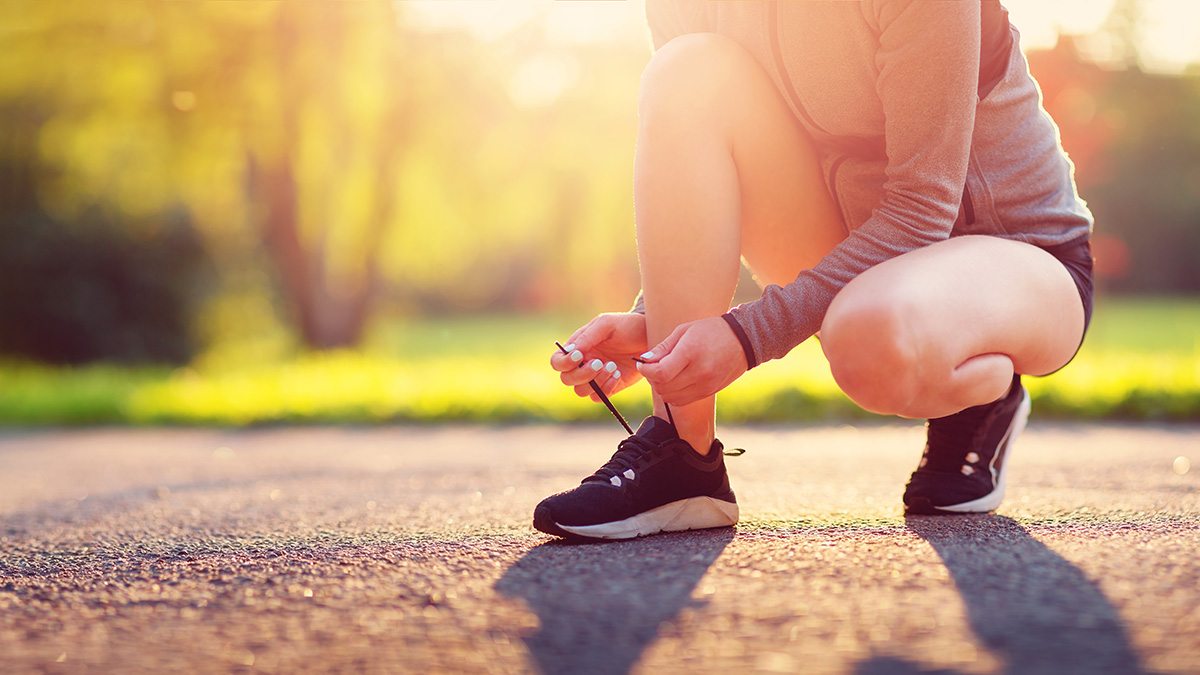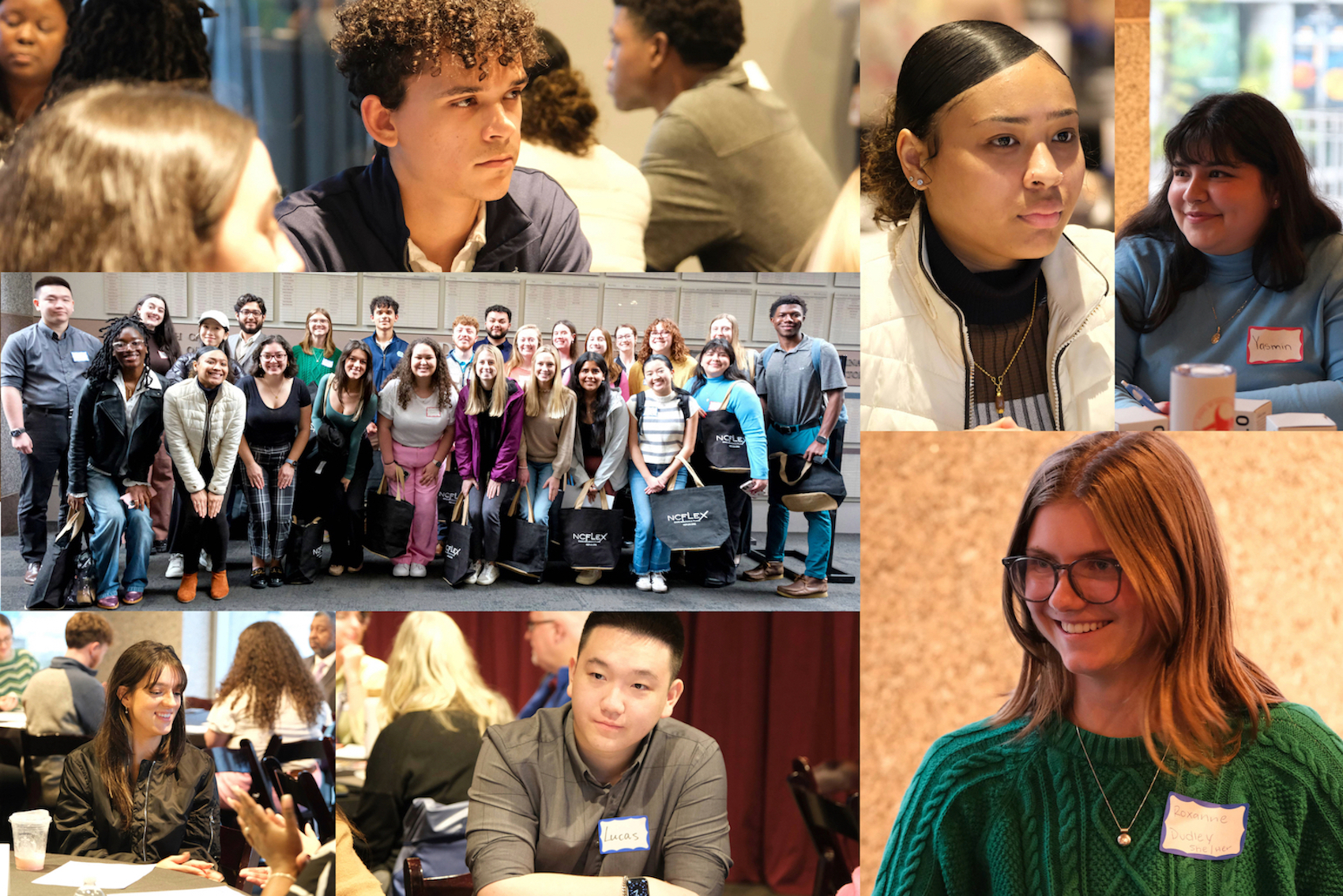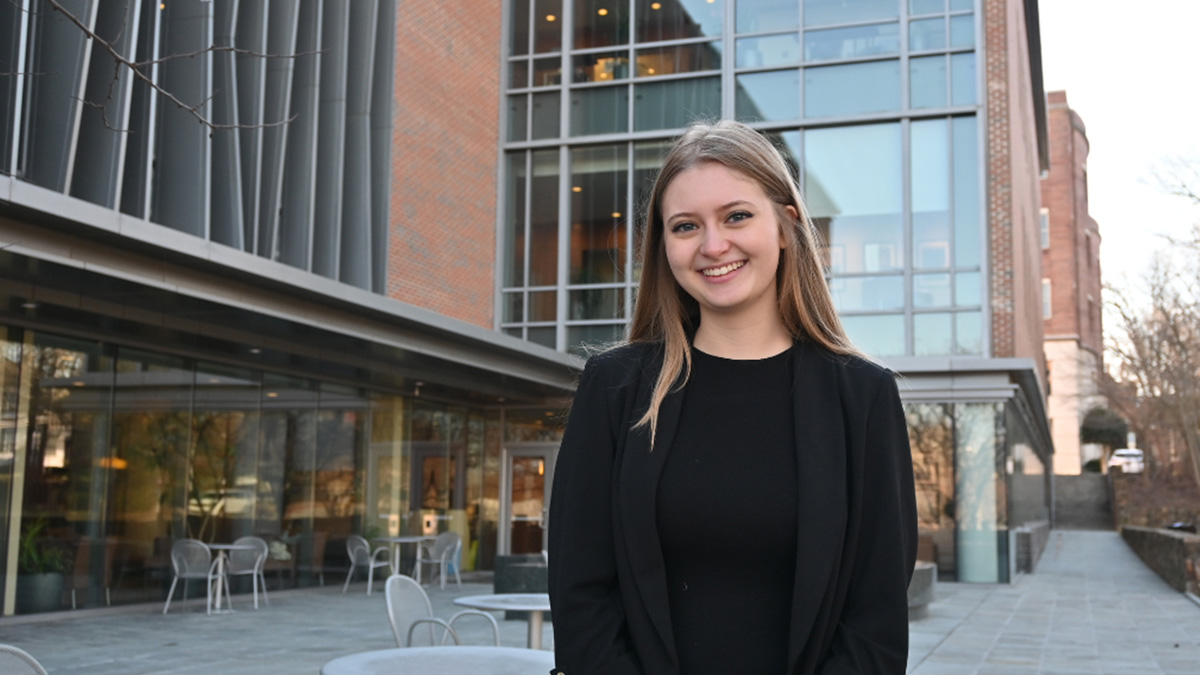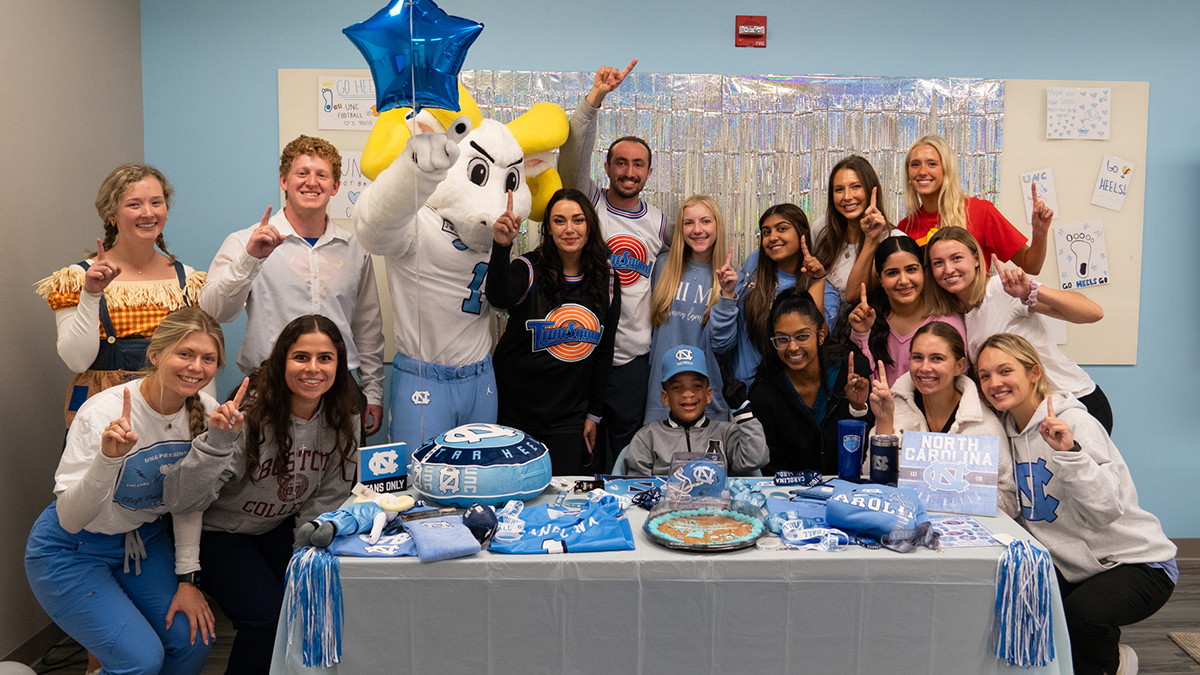How to be more active at home
Becca Battaglini, the director of Carolina's Lifetime Fitness program, shares tips for turning 2021 into a year of more exercise and activity — even when we're mostly at home.

The pandemic has kept many of us in the same spot for the past eight months. Not just in our homes, but in a chair, staring at a computer day after day.
Instead of walking across campus between classes or meetings, we can stay in the same spot and click a new link to “be somewhere new,” making it possible to sit still for an entire workday. It’s a lifestyle change that can easily cause us to miss out on an essential aspect of our overall health: physical activity.
“We all need it. A lot of times we don’t want it, but we all need it,” said Becca Battaglini, the director of Carolina’s Lifetime Fitness program. “It’s not because we want to have a nice figure. It’s because it’s good for the mind. Moving your body has a connection with good mental health.”
Battaglini, a member of the College of Arts & Sciences’ exercise and sport science department, regularly sets Tar Heels up with the tools to lead active lives. As we head into the new year with new goals, she shared some tips for turning 2021 into a year of more exercise and activity — even when we’re mostly at home.
Sneak activity into your day
Exercise doesn’t always require blocking out an hour of your time. We all have small windows of time throughout the day where we can squeeze some movement in.
The key is to identify those small windows and make the most of them, Battaglini said. A little activity is better than no activity.
“At the very least, stand up between Zoom calls and do 10 squats while you’re waiting, or go into your kitchen and while you’re waiting for your coffee to brew, do 10 pushups against your countertop,” she said. “It’s about finding little ways.”
It could also be doing sit-ups during commercial breaks, aiming to get your 10,000 steps a day or whatever exercise is safe and easy for you to throw into your day. If it gets you moving, it’s a good thing.
“You can go up and down the stairs in your own house, and you’re still getting those steps in. It doesn’t have to be some fancy form of exercise,” Battaglini said.”While you may not able to go to the gym, COVID has shown us that we can find ways to keep moving while the gym is closed.”
Try new things and find what you enjoy
A particular exercise routine may be effective to get your heart pumping, but if you have to force yourself to do it each and every time, it’s not going to last. The first step to becoming more active, Battaglini said, is to figure what you enjoy doing and then go for it.
Did you take dance lessons when you were growing up and miss it? Find a dance video and go for it. Want some more fresh air? Find a hiking trail or take the dog for an extra walk.
“Finding that interest will help you stay with it,” she said. “If it’s not something that’s going to come naturally to you or you’re not going to be motivated, creating a new habit will be difficult.”
Being stuck at home is a great time to try out some new activities. Scroll through YouTube to find some fitness videos that look interesting or try out a new virtual class through Campus Recreation. Classes can also provide some extra structure to help you stick with it. If you’re used to trips to the gym to lift weights, try some new bodyweight exercises. You’ll still feel it, Battaglini said.
But with any new activity, start slow.
“You have to be careful and take baby steps along the way,” Battaglini said. “Try it safely — start slow at first. Don’t say ‘Oh, I’m going to run a marathon’ and try to run the whole marathon right at once.”
Set reasonable goals
For most of us, declaring we’re going to run a marathon at the very start of establishing a workout routine is a bit unrealistic. Starting with running for five minutes without being winded, for example, might be a better goal to get you going on the right path. You don’t want to burn yourself out or get injured by trying too much too fast.
“Making little goals along the way will help you get to that big goal at the end,” Battaglini said. “That helps make it a tackle-able way to obtain that goal.”
Once you set that goal and figure out the mini goals that will get you there, get started and work toward it every day. Step-by-step, you’ll make progress, and that’s great for both your physical and mental health.
“If you have this goal of getting an A in your class, but you never study and never attend class, you’re not going to get that A,” Battaglini said. “It’s the same thing with exercise. If you’re not doing a little bit every day, you’re not going get yourself to that goal.”




